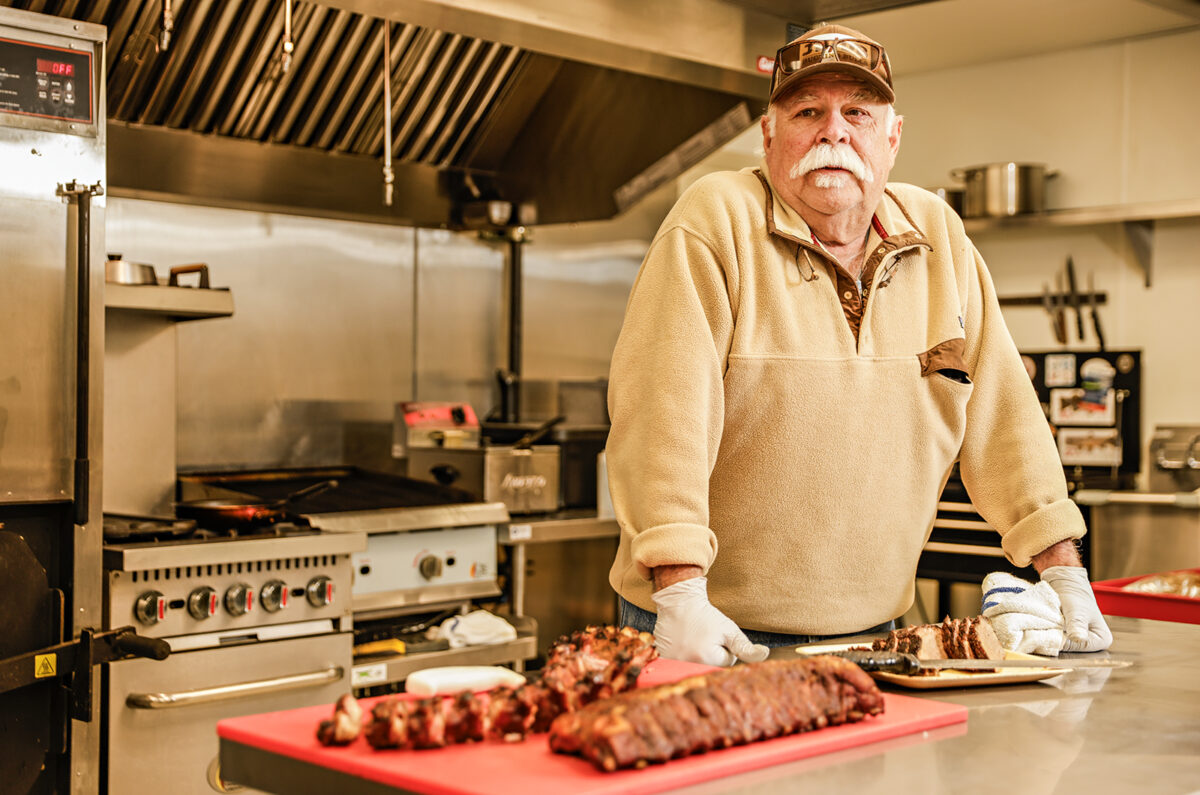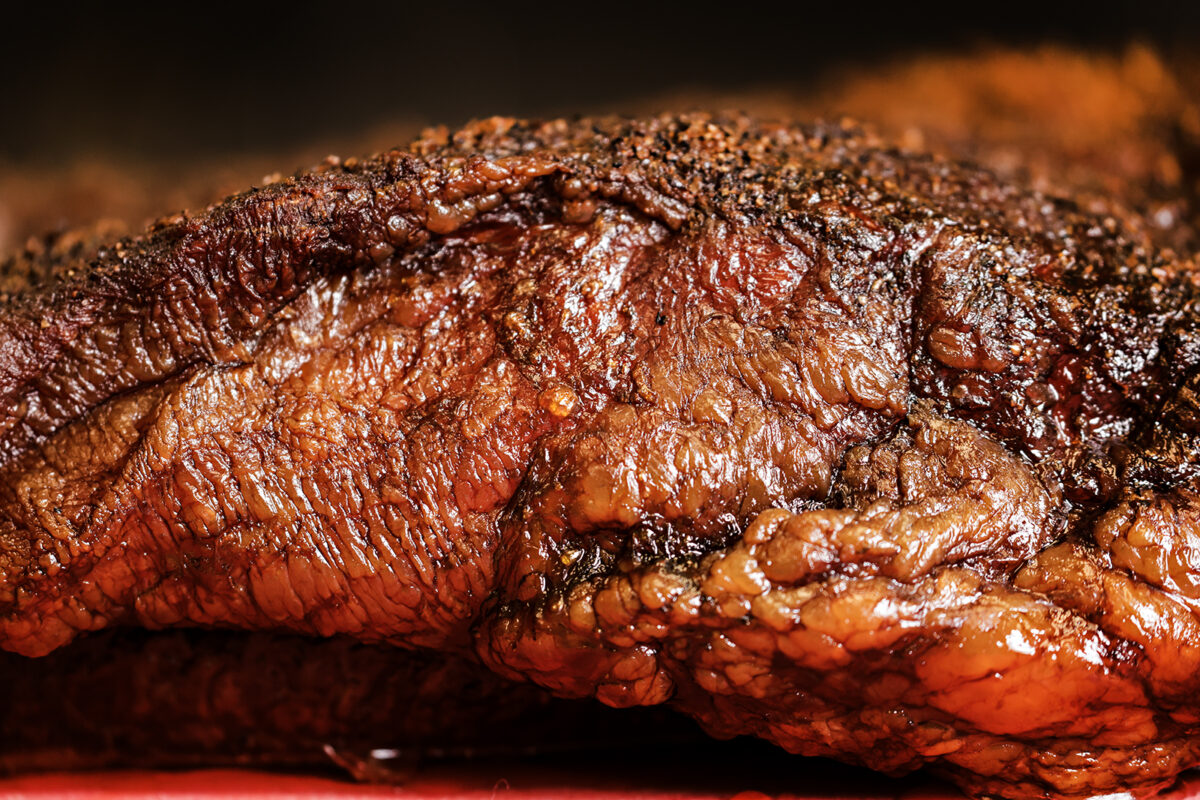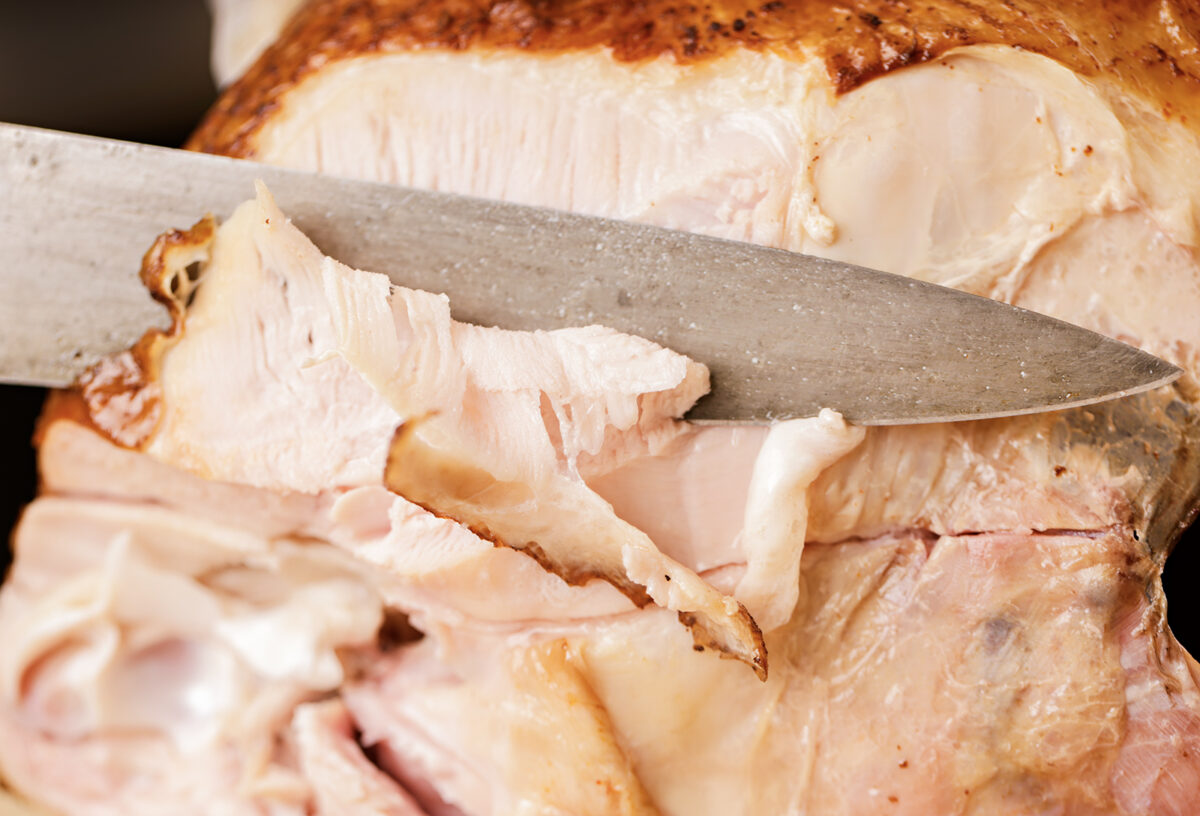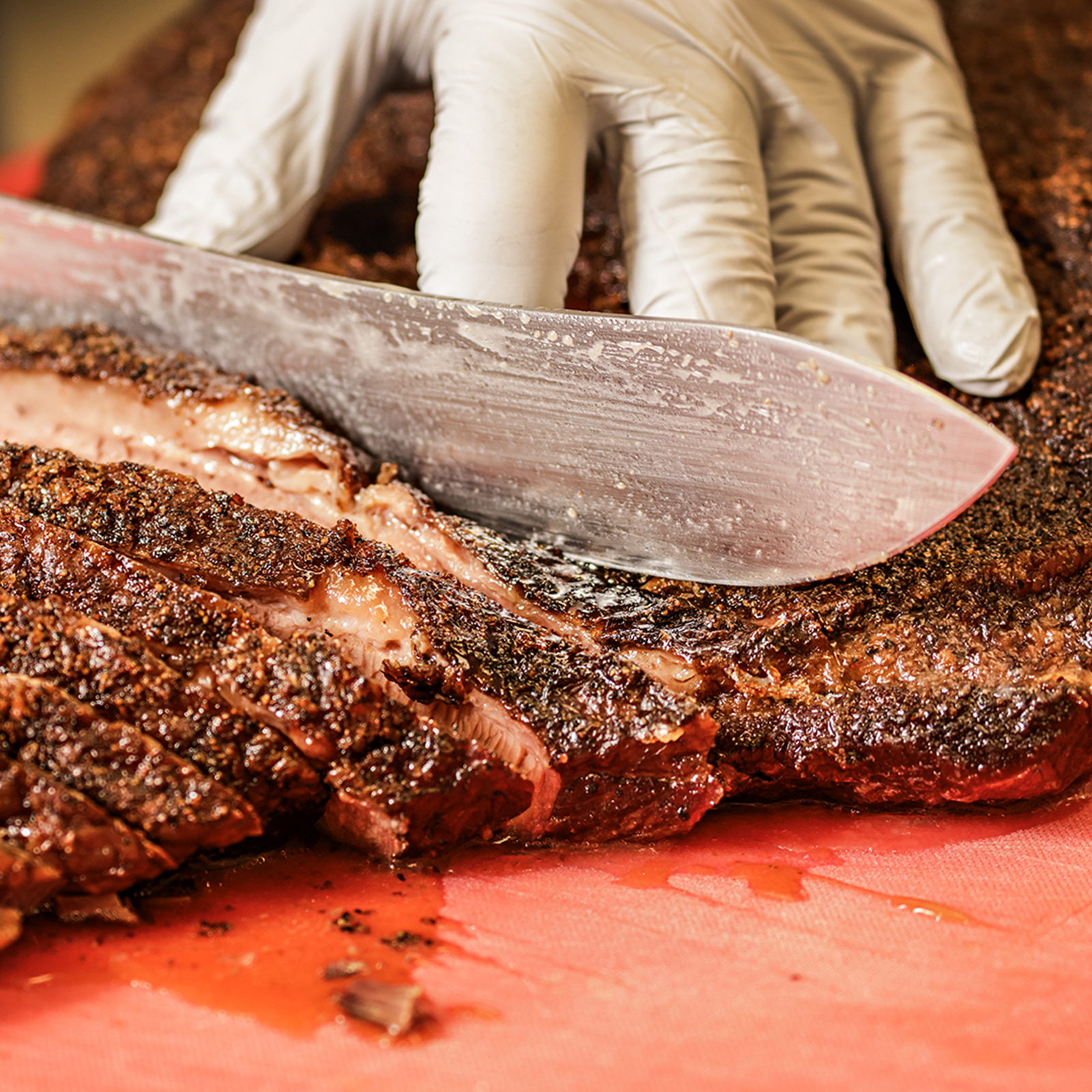While purveyors of barbecue tend to be a secretive bunch, Whitefish’s premier smoke-master, Ed McGrew, let spring a few leaks in the days leading up to the holidays.
Prepping for a busy season slinging expertly seasoned and smoked brisket, pork, prime rib and turkey in the Flathead Valley and beyond, McGrew shared his philosophy on barbecue culture.
“Give a man some barbecue and feed him for a day. Teach a man to barbecue and feed him for the year,” he said of his motive for sharing his secrets, a term he insists is a misnomer.
“There are no secrets,” he explained. “Well, maybe a few.”
That classified information applies primarily to his barbecue-sauce recipe, which he insists on keeping hush-hush and on the B-B-Q-T. But his secrecy doesn’t extend to his tips for prepping the smoker or barbecue or seasoning the meat.
Over the Thanksgiving holiday, McGrew smoked a few dozen turkeys on special order, and he’s preparing a traditional herb-rubbed prime rib for his customers over Christmas.

However, seasonal holiday flourishes notwithstanding, McGrew’s style of barbecue is a no-frills production, and his passion for the craft is born of his roots growing up on a cattle ranch in Oklahoma, home of the whole-hog barbecue tradition. It was there that his uncle Joe, a cattle driver, taught him to smoke brisket and pork using barbecue pits and trenches.
He’s since turned barbecue into a vocation and is well-known in the Flathead Valley for his signature smoking style, which he’s continued to refine from his kitchen on Spokane Avenue in Whitefish, where he operates Ed McGrew’s Barbecue and Custom Catering.
Check out his Facebook page to place a personal order or schedule a mouth-watering catering event, or holler at your neighbor — most of McGrew’s business comes word-of-mouth.
Although McGrew’s smoker is equipped to accommodate enough meat to feed a small army, he encourages beginners looking to hone their skills with a simple charcoal Weber grill. Before you get started, here are some courtesy tips on the best meat-smoking methods.

Patience is a Virtue
Before you dive into your meat-smoking project, it’s important to enter the proper headspace, which is to say — this is likely going to take a while.
For the best results, set aside a large chunk of the day, and plan appropriately to coordinate with the arrival of guests or suppertime.
For ribs, expect to be smoking for about six hours after you’ve achieved an ideal temperature of between 225-250 degrees.
“You can’t go wrong with 250,” McGrew said.
Because you’re essentially tending to a small fire for an hours-long period, being prepared is key.

Use Proper Coals
McGrew warns against using lighter fluid or charcoal that’s been infused with lighter fluid, encouraging either high-quality briquettes or lump coal.
You’re not going to want to add raw coals to the fire, so keep an arsenal of hot coals nearby in order to keep the temperature consistent, using either a separate grill or, ideally, a chimney. Keeping a fire going continuously for hours requires careful attention.
Using a standard charcoal grill, bank your briquettes to one side of the grill and open its bottom damper, then pile lit coals on top of it.
Slowly add the coals until it gets up to 250 degrees. If you don’t have a temperature gauge on your grill, buy a cheap one, or employ the Mississippi method: If you can hold your hand above the coals for three ‘Mississippi’ seconds, you need to add some more coals. If you can’t hold it there for more than two seconds, it’s almost too hot.
Next, add wood on top of the coals.
Local Wood, Local Flavor
A stack of cherry wood can provide McGrew with a season’s worth of smoke, imparting a mild, sweet flavor that matches most meats. Birch burns hotter and leaves a subtler taste, while dried aspen wood is good with chicken and mountain maple is sweet and mild. Hardwood or fruitwood adds a smoky flavor and complexity, while wood pellets sold at most grocery stores are also a popular source of heat.
All About the Rub
Dry rub, for the uninitiated, is the mystical mélange of spices and seasonings massaged into the surface of the meat before it is smoked.
McGrew’s simple recipe calls for three parts Lowery seasoning salt to one part ground black pepper, followed by ground celery seed to taste.
“That will work on anything,” he said. “I’ve even used it on chicken.”
After massaging the rub into your meat, the key is to let it sit for at least 24 hours.

Smoked Turkey Brine Recipe
kosher salt
brown sugar
Hudderite turkey
seasoning of choice
clean 5-gallon bucket (one cup kosher salt and one cup of brown sugar per gallon of water)
Chef’s Tips
For smaller smokers like a Weber, McGrew says it’s best to spatchcock the turkey, a technique that involves removing the backbone and butterfly-ing the bird.
